Friday, 10 May 2024
Menu
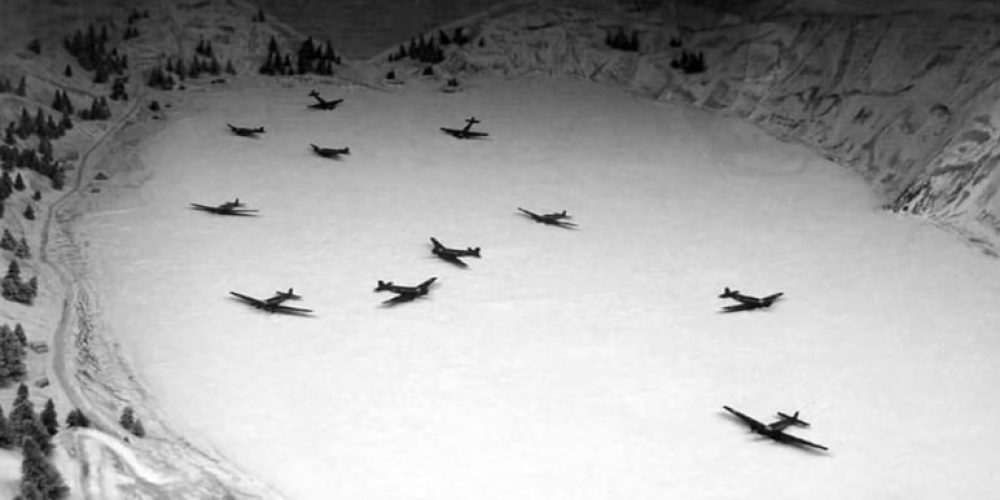
During the Second World War, an interesting episode took place. At the beginning of April 1940, Nazi Germany invaded Norway in order to capture a strategically important place – the port of Narvik. From the very beginning, the clashes were very fierce and it soon became clear that the port could not be taken as easily as the German command assumed.
This state of affairs meant that German soldiers began to suffer from a shortage of supplies. Ammunition was at a premium, and as the capture of Narvik was fundamental, Adolf Hitler ordered 13 Junkers JU-52s to be sent to supply the fighting troops.
This is where the most interesting part of the story begins. The distance the JU-52s had to cover was so great that there was only enough fuel for a one-way flight. In addition, the airfield was in Norwegian territory, so it was decided that the landing would take place on the frozen Lake Hartvik.
Of the units dispatched, 11 aircraft successfully reached their destination after crossing the anti-aircraft artillery fire. Without fuel, damaged by shelling and landing on difficult terrain, they nevertheless carried out their mission. A few days later, the least damaged Junkers was selected, repaired and refueled with fuel from the other planes. This aircraft was the only one to leave Norway and return to Germany.
And what happened to the rest? Literally and figuratively they were left on the ice. As soon as the temperature rose, the first thaw took the stranded Junkers to the bottom of the lake. 40 years later, in the 1980s, half of them were excavated and restored. The other half still rests at the bottom of Lake Hartvik today.
Are you curious what it’s like to come across one of the JU-52s left behind by the Germans? See for yourself in the attached video by Arkadiusz Podniesiński.

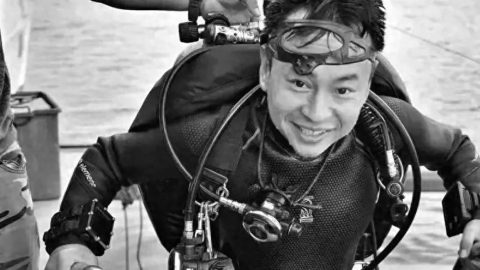
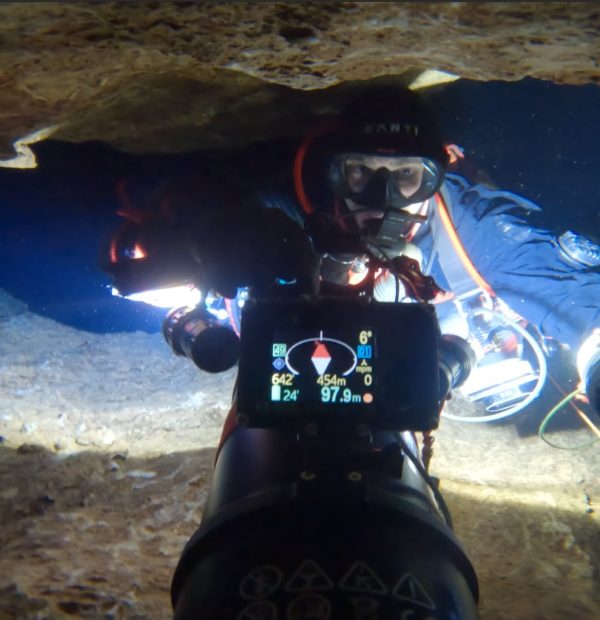


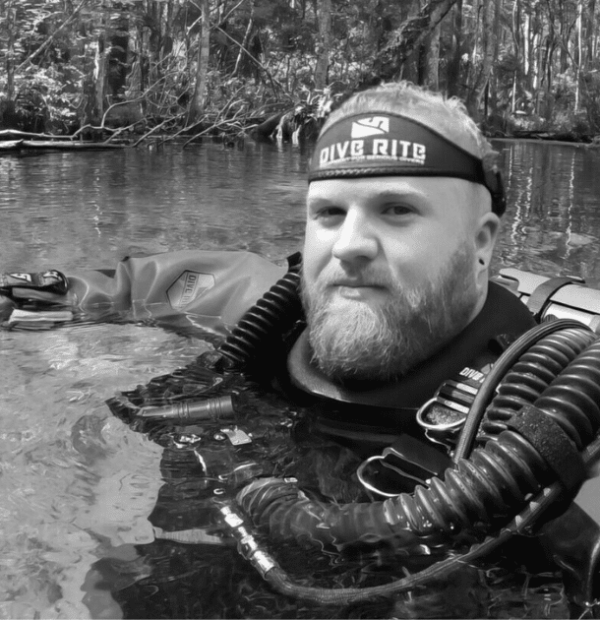
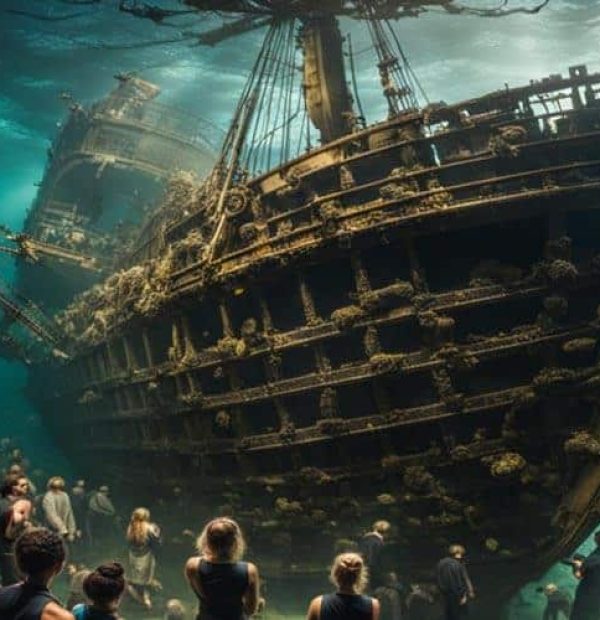
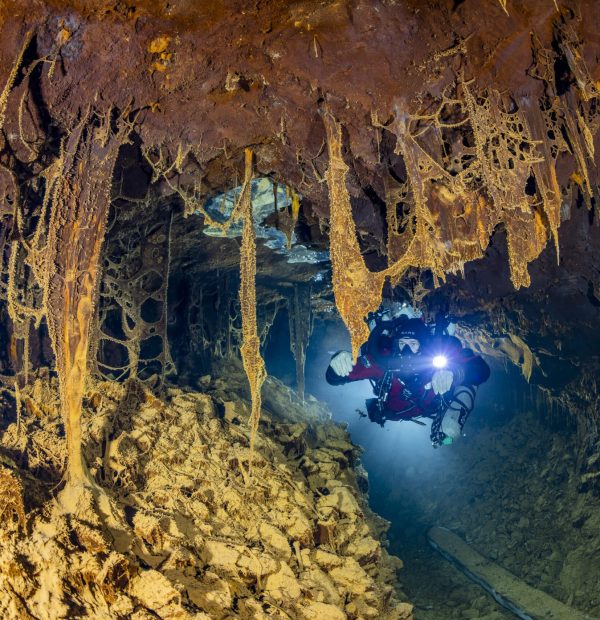
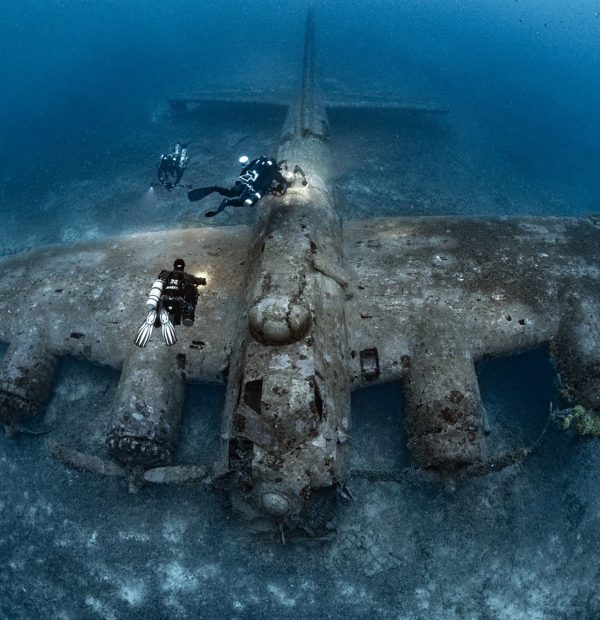

Welcome to DIVERS24.COM, your daily source of scuba news, freediving, scuba diving information, and equipment reviews. Our comprehensive coverage of the dive industry from A to Z provides you with all the latest scuba news, training updates, underwater photography tips, and everything else related to scuba diving. Whether you’re a beginner or an experienced diver looking for more knowledge about scuba gear or techniques – we’ve got it covered! With our in-depth articles written by experienced divers who have been there and done that, you are sure to find exactly what you need here at Divers24.com. Dive into scuba news today!
Underwater Media Sp. z o.o.
Szafarnia 11/F8,
80-755 Gdansk, Poland
Welcome to DIVERS24.COM, your daily source of scuba news, freediving, and scuba diving information. Sign in for a weekly news update and discount coupons for dive gear and apparel.
@2023 - underwatermedia.pl. All Right Reserved. Designed and Developed by Tworzenie stron internetowych Gdansk

The Divers24 portal is currently the largest online medium treating diving in Poland. Since 2010 we have been providing interesting and important information from Poland and around the world on all forms of diving and related activities.
Contact us: info@divers24.com